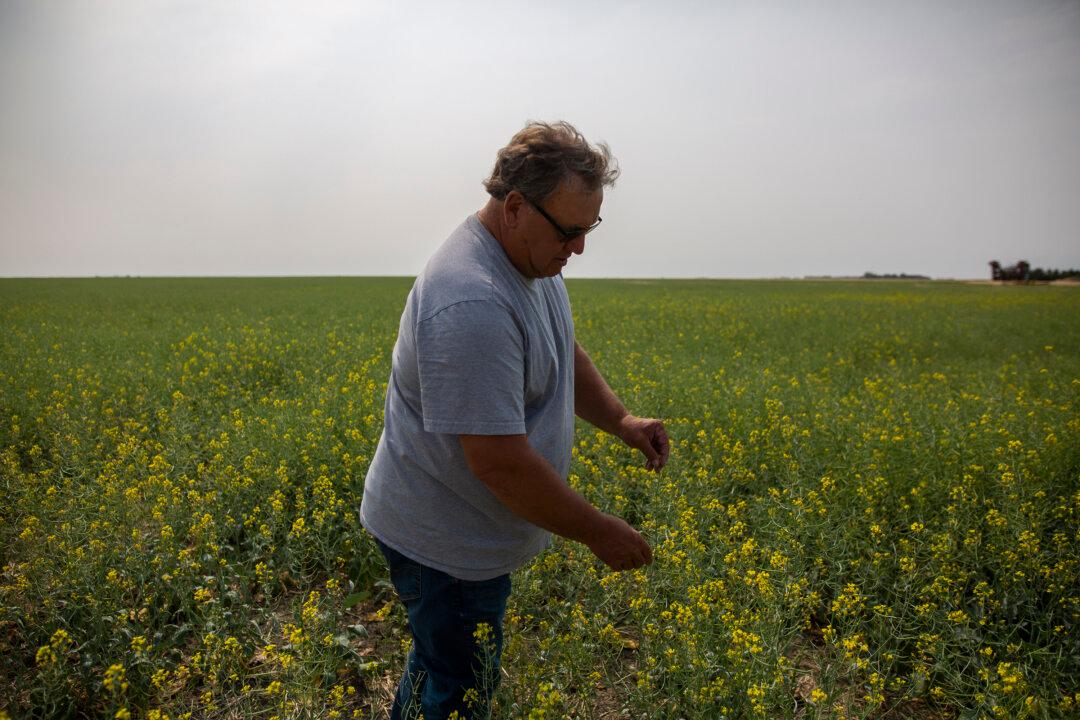Farmers in the prairie provinces “are at severe risk of crop failure” this coming season, “potentially exacerbating the food affordability crisis,” says Alberta’s agriculture minister in reaction to new federal restrictions on a widely used pesticide.
If grasshoppers are bad this year due to drought, as expected, farmers have no effective alternative to combat them, Minister Nate Horner said in a letter to the federal health and agriculture ministers published Feb. 24.





